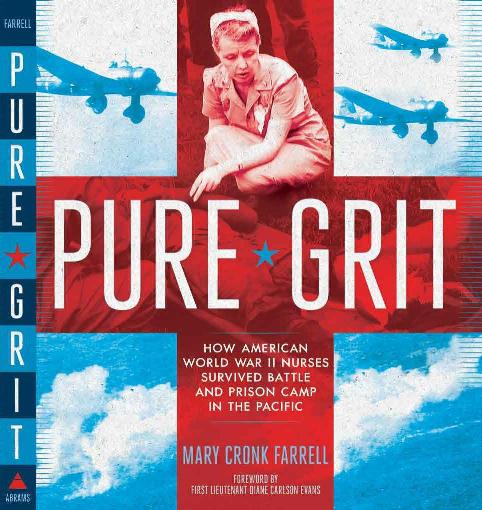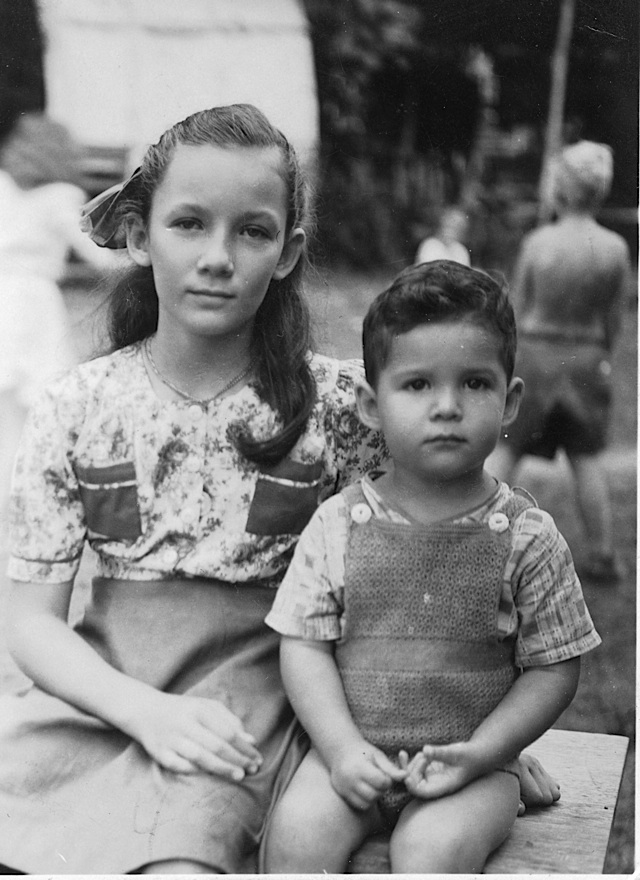I have a confession to make. Normally I read every book before I post about it here, but–just this once–I was going to cheat. As much as I’ve been dying to read PURE GRIT by Mary Cronk Farrell, my to-do list is huge right now: writing new books (I’m currently working on EIGHT separate manuscripts and/or proposals!), promoting BE A CHANGEMAKER, volunteer projects (SCBWI Western Washington conference anyone? There are still a few spaces!), critiques (three full-length novels await!), family, pets, home… and let’s not forget, TAXES! To top it off, I was still recovering from the flu when I came down with this most recent cold. I’m months behind on a few things, with many other deadlines looming dead ahead. So, I sat down planning to just skim it for the time being, write the post, and come back later when I had time to settle in, read it in more detail, and take it all in.

Several hours later, I was surprised to notice the time! I hadn’t checked Twitter or Facebook or even email all day, despite the “helpful” little alerts coming from my phone. I hadn’t even eaten lunch. Instead, I’d spent the better part of the day reading PURE GRIT, in detail, from cover to cover. I simply could. not. put. it. down. An engrossing blend of fact and storytelling, PURE GRIT tells the harrowing tale of U.S. Army and Navy nurses who endured first battle, then internment in the Philippines during WWII. Despite increasingly deplorable conditions, these female POWs continued to help others during their years in the prison camps. Amazingly, every single one of them eventually made it home alive.
I urge you all to devote an afternoon to reading this beautifully done book ASAP, but first, I’m delighted to introduce you to the author, Mary Cronk Farrell, who graciously agreed to answer a few questions for me.

LT: Welcome, Mary! Wow, what a powerful book. I learned some valuable lessons and insights from reading it. Other than the facts involved, what did you learn from the process of writing this book?
MCF: This book taught me a number of things. First, do not attempt a huge project like this unless you have a tremendous amount of passion for it. Something has to carry you through to the end and beyond. Something has to keep you going when you are crying at the keyboard. I could not have done it had I not been so deeply inspired by the courage, compassion and resilience of these women.
MCF: I also learned how important it is to write a good proposal for a non-fiction book. From the beginning I wanted to tell the story as simply as I could because I thought it would be most powerful that way. The key was hammering out the narrative arc while putting together the proposal. That was very intense, but once I had that down, the rest was just a matter of putting down one bit of the story after another. My first draft came in too long. My editor told me to cut it in half! I think I managed to cut a bit more than one third.
LT: I am blown away by the amount of research you must have had to do for this book. How did you manage it all? What kind of system do you have? Did it evolve over the course of the project?
MCF: Ha! That is a great question! I would not call it an organizational system at all. And I wish I could say that it evolved into something better over the course of the project. I can only hope that my system will evolve into something better for my next book.
MCF: I used a lot of books for my research. As I read through them I attached sticky notes to the pages where I found a detail I might want to use. Some books had scores, maybe hundreds, several to a page. Later I went back and scratched an identifying word on some of the sticky notes so I could find subjects more quickly. Then I had pages of interview and research notes on my computer, including a lot of links to information I found online. Pages listing people and organizations that I had talked to or hoped to talk to, or thought I probably should talk to. Then pages of people I was trying to locate and whatever information I had found or ruled out. Then there was the file box of articles from inter-library loan, pages copied from books from inter-library loan, notes in pencil from the National Archives, as well as photos and documents copied from the National Archives. And I must mention the notes scribbled on pieces of paper that happened to be handy when the phone rang. Then there were the e‑mails…tons of e‑mails, some going back five years. I kept them all to try and remember who I had talked to about what aspect of the story. Many were dead ends, but I wanted a record of whom I had contacted and about what. Probably the most amazing thing about this book is that I managed to get it into any semblance of order from the chaos of my research!
LT: Ha! That sounds frighteningly similar to my process. Did you do all the photo research for the book too? Can you tell me about that part of the process?
MCF: The photo research was like a treasure hunt. I wanted to use unusual photos which either had never been published, or had only rarely been published. Whenever I interviewed someone, one of the first questions was—Do you have any photos of the nurses? When I started the project in 2007 there were a few photos from this time-frame in the Philippines on the internet. Each year I found more collections of photos had been uploaded. I found a lot of photos through Google image search, and many in the LIFE/Getty archives. I found other photos at the National Archives and many through personal collections and museums such as the MacArthur Memorial Museum. When I submitted the final manuscript, I submitted over 300 photographs, and I feared my editor would have a heart attack when he got them. But then he had suggestions for other photos which might add to the story and eventually, I submitted about 400 total. The final book features about 100, including maps.
MCF: Because PURE GRIT unfolds in the early 1940s, the most difficult aspect of the photo research was finding photos of size and resolution suitable for publication. It broke my heart that one photo of a child the nurses cared for in the camp hospital could not be used because I couldn’t get a high-resolution copy. One wonderful surprise came after I turned in the first draft of the manuscript when I discovered film of the nurses in captivity that had been shot by the Japanese. I was able to take a couple still photos from this film and include them in the book.

LT: What was the hardest part of the research and/or writing for you? How did you deal with that?
MCF: The hardest part for me was immersing myself in the details of war and POW camp conditions, the brutality, the suffering, the loss of so many, many, many lives. Sometimes I broke down in tears in the middle of writing. What helped me get through it was my conviction to tell the story honestly, and knowing I couldn’t do that if I were to sugarcoat it for myself. I called to mind something I heard Libba Bray say at a conference. “Don’t be afraid to go to the dark places…a book should cost you something to write.”
LT: That’s great advice, and it’s something I try to remind myself while I’m writing, too.
LT: I’ve always said that I will know I’ve made it when I receive one letter from one child saying that something I wrote made a positive difference in his or her life. How do you define success?
MCF: For this particular project, my goal was to portray the POW nurses as honestly and accurately as possible and honor them for their service, sacrifice and, well, their pure grit. And I wanted to write their story in such a way that people would be drawn to it and want to read it.
LT: Do you feel like you’ve achieved it?
MCF: When I began hearing from the relatives of the nurses I’d interviewed for the book, and other sources close to the topic, I knew I had succeeded in my first aim. They are happy with the book and supporting it fully. Judging by the comments I’m getting from readers, I have succeeded in the second as well. I’m truly grateful for the many people who generously shared their stories and their knowledge so that I could write PURE GRIT, and also to those family members and friends who supported me through the long and arduous process. I could not have done it without them.
LT: Well, I’d say you succeeded. I was certainly drawn to it! And the last sentence of the book, right after you explain how the nurses got through all of the hardships by simply continuing day-to-day and helping others around them, will stick with me for a long time: “This may be the deceptively facile recipe for courage, and possibly it is even evidence that each of us carries the capacity for such grit, should it be demanded of us.”
LT: I hope it isn’t demanded of us, but if it is, I sincerely hope you’re right about possessing it. Thank you so much, Mary!


2 thoughts on “Interview with Mary Cronk Farrell, author of PURE GRIT”
Dear Laurie,
I’m so happy to hear you got so immersed in PURE GRIT. Thanks for your kind words. And thank you for interviewing me and featuring the book on your blog.
My pleasure, Mary! Thank you for your insightful answers. I hope your book finds its way into the hearts of many, many readers, young and old alike!